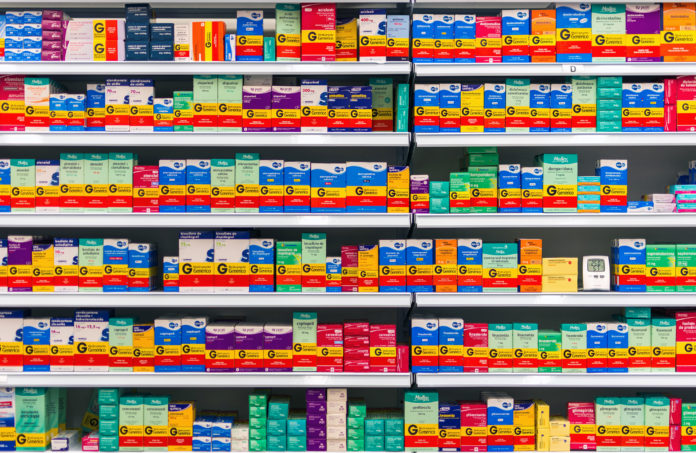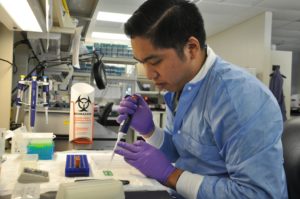
1 in 10 drugs in developing world fake, finds WHO


 An estimated 1 in 10 drugs circulating in low- and middle-income countries – what are commonly known as the developing world – is either substandard or falsified, according to new research from the World Health Organization (WHO). However the figure for South Asia is 2%. While the report does not have India-specific figures, earlier surveys have thrown a 5-6% incidence of spurious/substandard drugs in the country.
An estimated 1 in 10 drugs circulating in low- and middle-income countries – what are commonly known as the developing world – is either substandard or falsified, according to new research from the World Health Organization (WHO). However the figure for South Asia is 2%. While the report does not have India-specific figures, earlier surveys have thrown a 5-6% incidence of spurious/substandard drugs in the country.